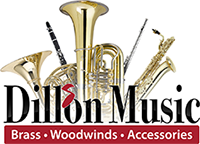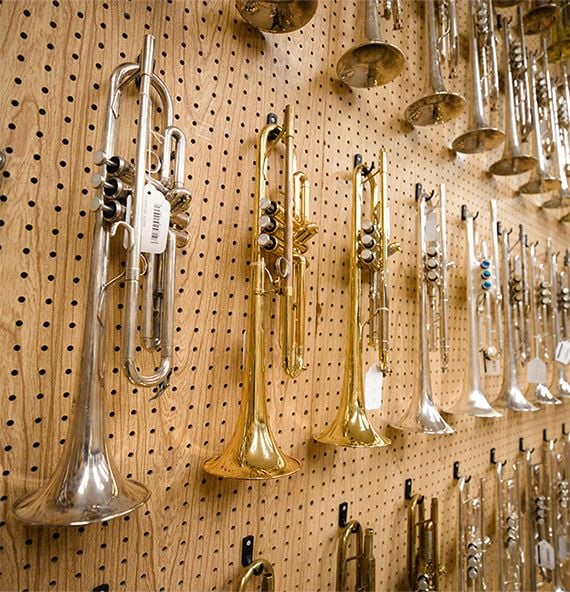Shires Bass Trombone Leadpipes
The leadpipe is the first point of contact with the player after the mouthpiece. It plays an important role in determining the overall feel and sound of the instrument. The diameter of the venturi, the material of the pipe and its length all have a significant effect on the instrument's playing characteristics.
S.E. Shires trombone leadpipes are made to fit handslides of a specific bore size (if the handslide is dual bore, this is the bore of the upper tube—the smaller diameter of the two). The leadpipe prefix represents the bore size that it is designed to fit and indicates mouthpiece shank size compatibility.
- T85: .485-inch bore, compatible with small-shank mouthpiece
- T0: .500-inch bore, compatible with small-shank mouthpiece
- T8: .508-inch bore, compatible with small-shank mouthpiece
- M: .525-inch bore, compatible with small-shank mouthpiece
- MT: .525-inch bore, compatible with large-shank mouthpiece
- [Unmarked]: .547-inch bore, compatible with large-shank mouthpiece
- VE: Vintage Elkhart taper, .547-inch bore, compatible with large-shank mouthpiece (unique venturi size, 8-inch length)
- B: .562-inch bore (bass), compatible with large-shank mouthpiece
- BB: .578-inch bore (XL bass), compatible with large-shank mouthpiece
The central number of the leadpipe model indicates the relative size of the venturi (the tightest point in the taper). The venturi largely determines the efficiency of the blow and also influences response, articulation, timbre, and density of sound.
- 1: small venturi diameter—centered sound with very clear articulation
- 1.5: medium-small venturi diameter—mix of small and medium-venturi characteristics
- 2: medium venturi diameter—open sound, generally the most popular size
- 2.5: medium-large venturi diameter—more open sound
- 3: largest venturi diameter—large, broad sound




